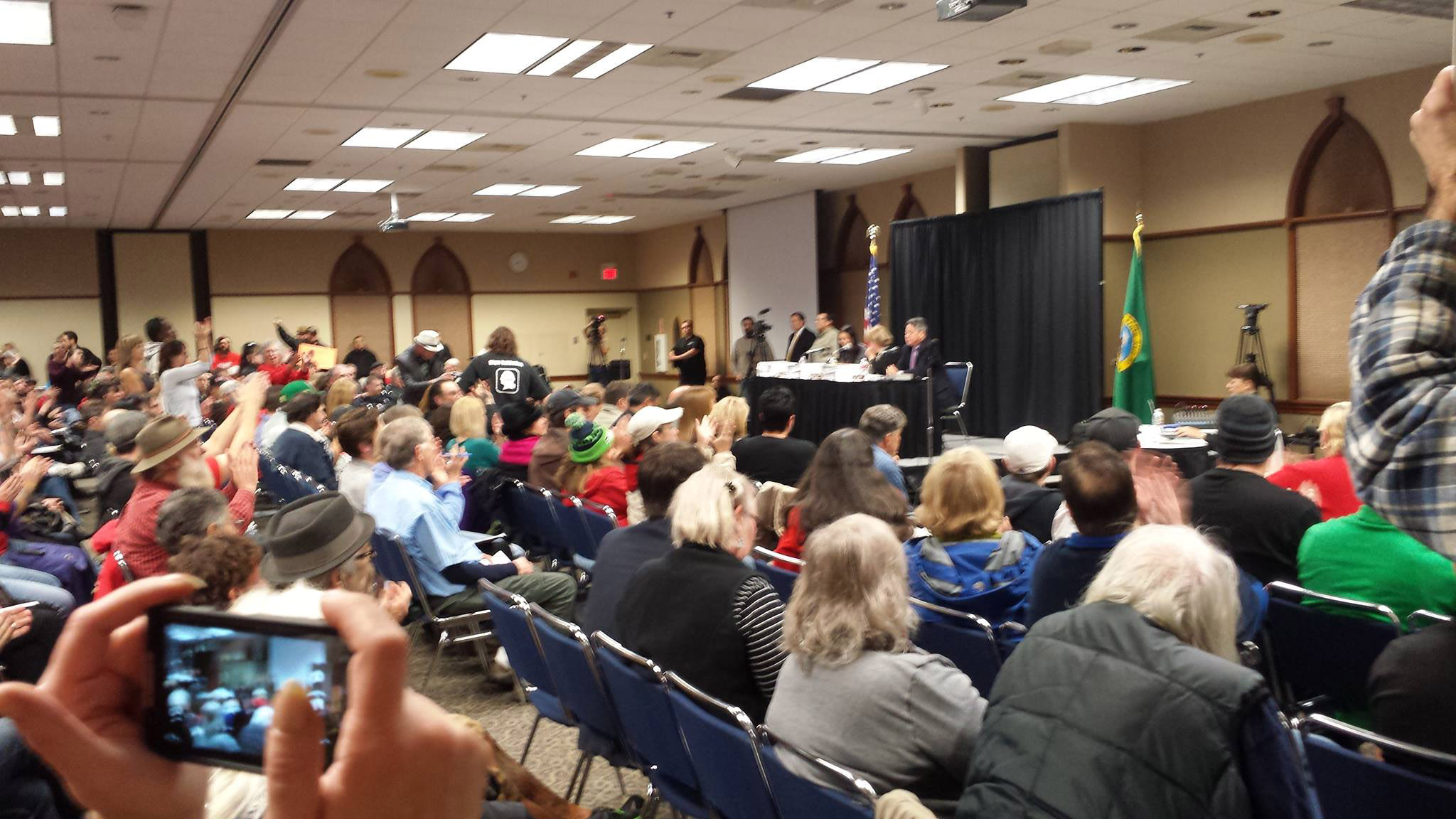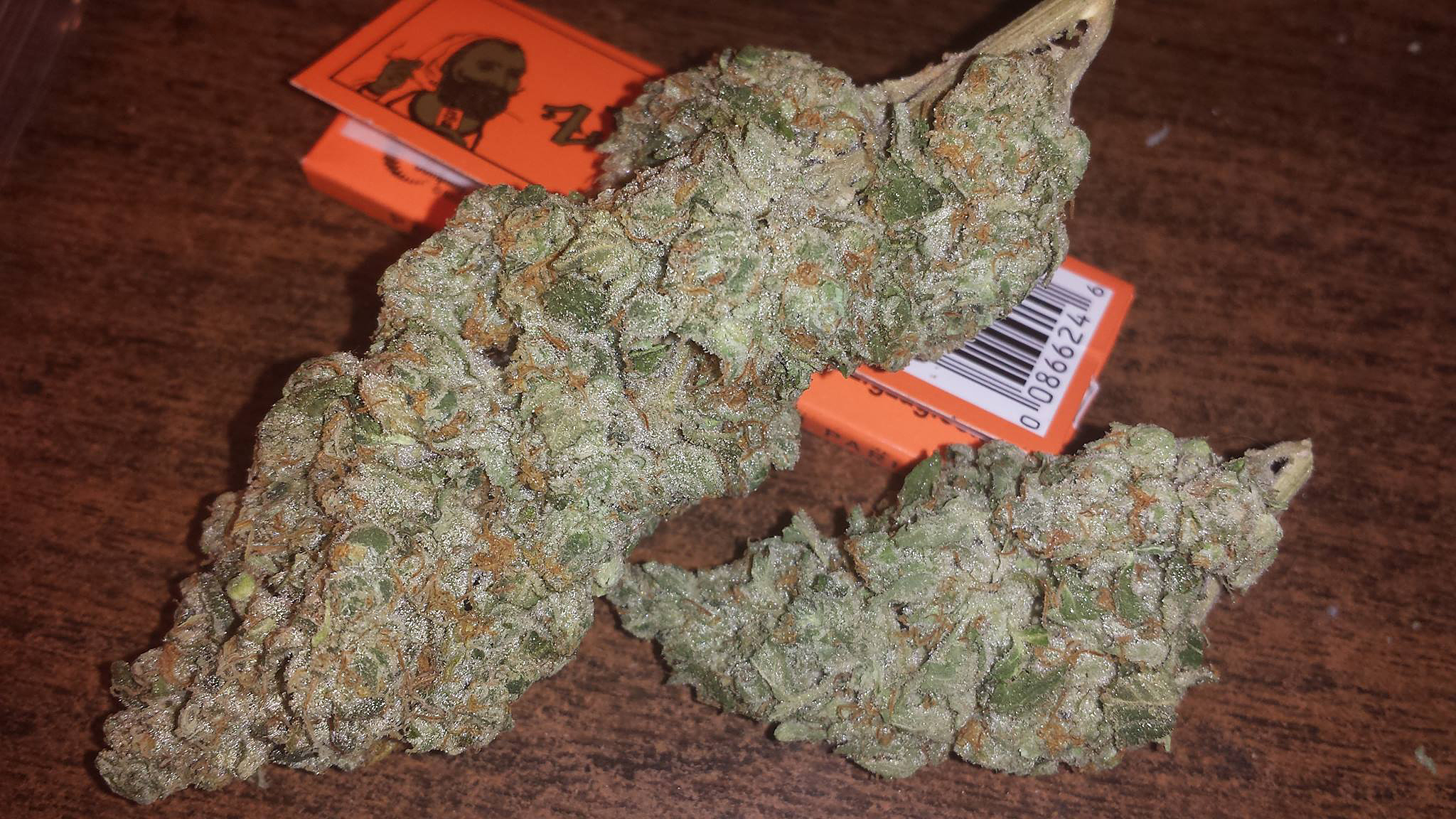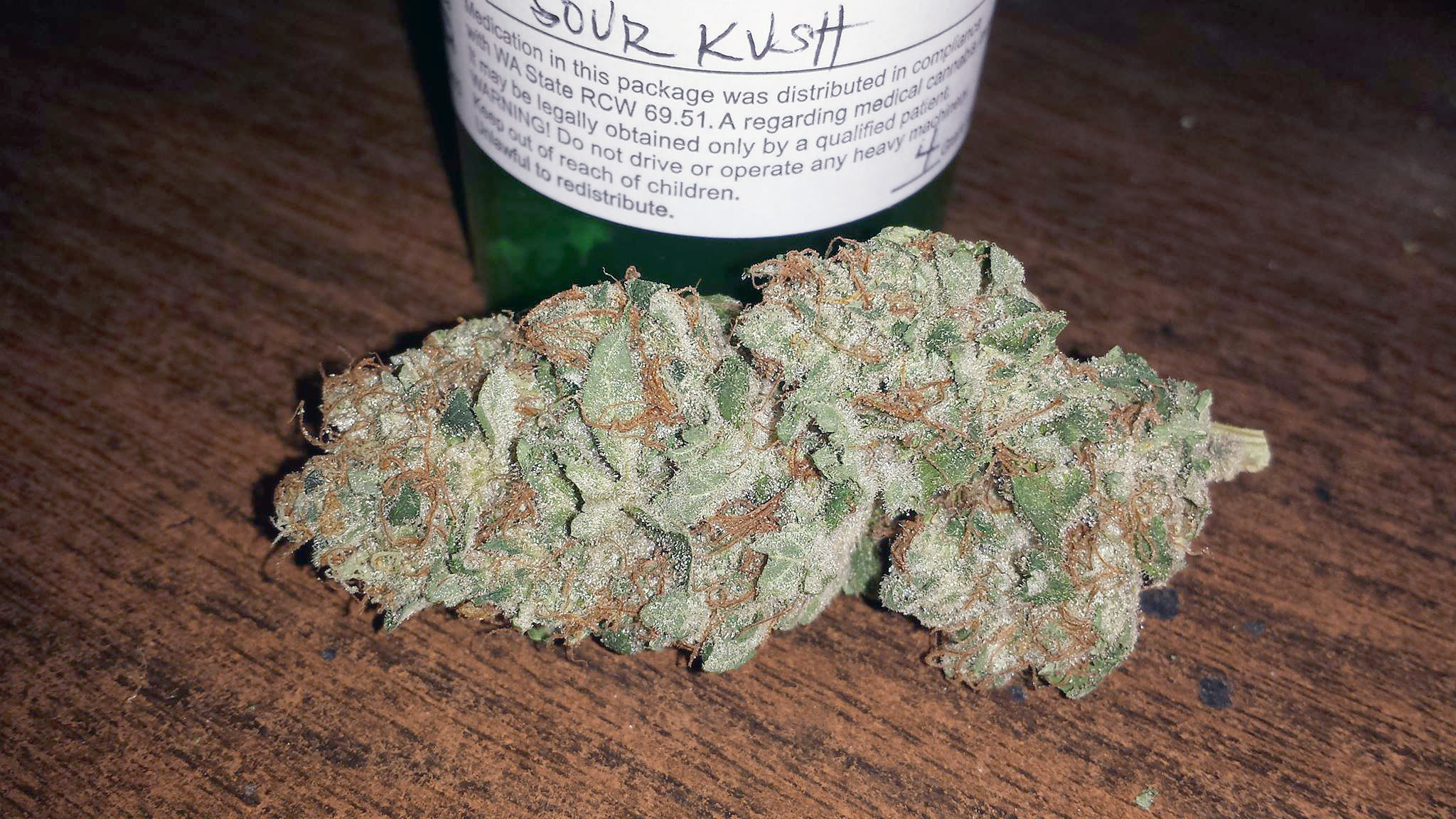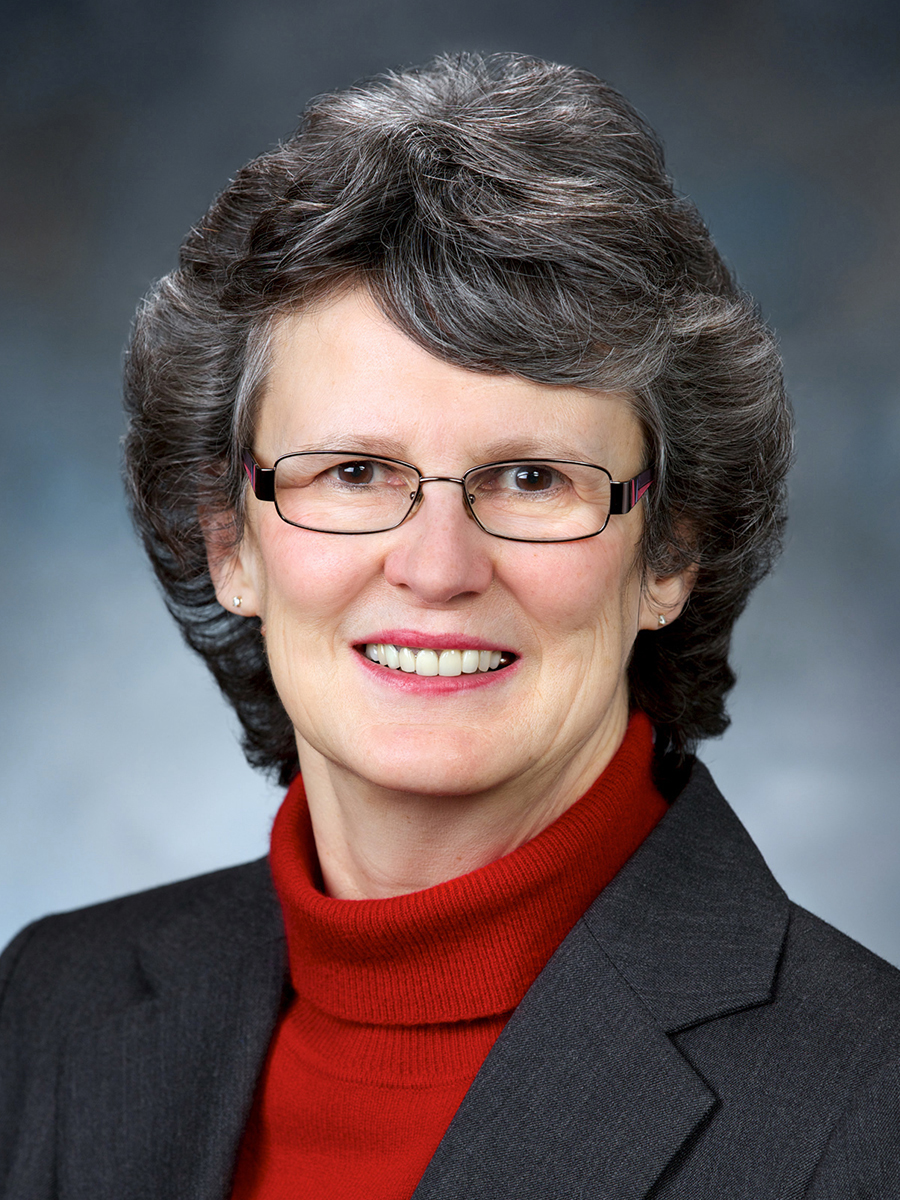Why are the new medical-marijuana recommendations from the Washington State Liquor Control Board so bad? Why are the proposed rules considered so off-the-graph unacceptable by the patient community here?
Several theories are afoot. I believe one reason that the rules—which include eliminating all home-growing by patients, along with collective gardens, and reducing patient possession limits to 3 ounces—have so little to do with reality is that patients and doctors, presumably the two most knowledgeable groups, were left out of the process.
As hard as it is to comprehend, when five or six policy wonks met in a room and brainstormed their way through these ill-considered recommendations, medical-marijuana patients and the medical professionals who authorize them weren’t consulted. Is it any wonder that the recommendations heavily favor law enforcement and “Reefer Madness” concerns while displaying an abysmal ignorance of patient needs?
There’s one small bright spot to this otherwise dismal scenario. I saw a very energized Washington medical-marijuana community show up on November 14 for the public hearing on the issue in Lacey—at least 600 patients in a room designed to hold 450. By the hundreds they came, from all over the state, some driving more than three hours to be there.
None of the numerous patients who spoke supported the WSLCB’s recommendations. (Surprise, surprise: One “drug-rehab counselor” did.) Judging by the demeanor of the government officials present, they’d rather have been almost anywhere else. Considering their recommendations—which have very little to do with the day-to-day realities faced by seriously ill medical-marijuana patients—and the resultant raucous meeting, I don’t blame them.
Chief among the problems patients found with the recommendations was the proposal to stop patients from growing their own cannabis, which they’ve been allowed to do for 15 years now, since Washington voters approved RCW 69.51a back in 1998. Patient after patient, many facing end-stage chronic diseases and limited incomes, told the Board that without the ability to grow at home, they just couldn’t afford the volume of medicine needed.
So many patients signed up to speak during the three-hour meeting that the Board ended up selecting names at random from the sign-up sheet. I was lucky enough to be one of the patients called to the front. I made the best of my allotted two minutes, letting the Board and the DOH official present know in no uncertain terms that it is not OK to remove patient growing rights and not OK to impugn the honesty of chronic pain patients by casting them as fakers who just want to get high.
Were the board members listening? Will it make any difference in the final version of their recommendations, which they’ll give to the legislature to act upon in the 2014 session?
That remains to be seen. But what can no longer be questioned, after Wednesday night’s meeting, is that Washington’s medical-marijuana community is united in its strong opposition to these recommendations, and this fight will not be over until the right of patients to be self-sufficient with their medical cannabis—through either home-growing or collective gardens—is no longer threatened.
tokesignals@seattleweekly.com
Steve Elliott edits Toke Signals, tokesignals.com, an irreverent, independent blog of cannabis news, views, and information.








